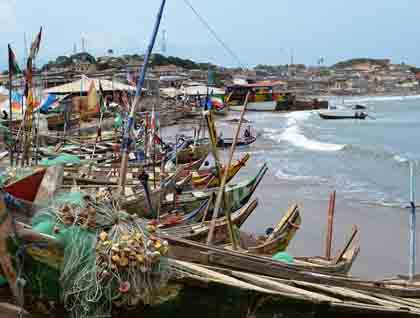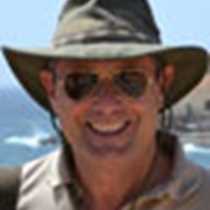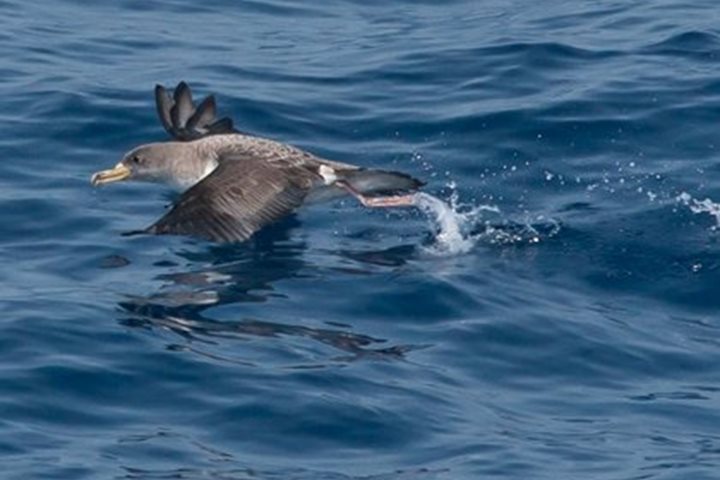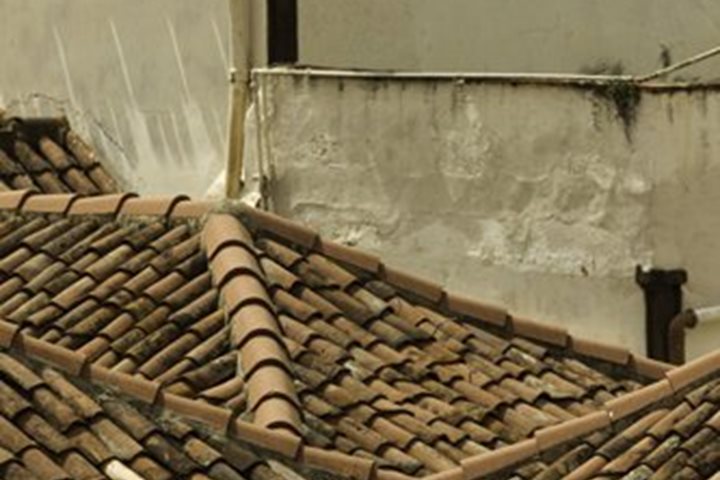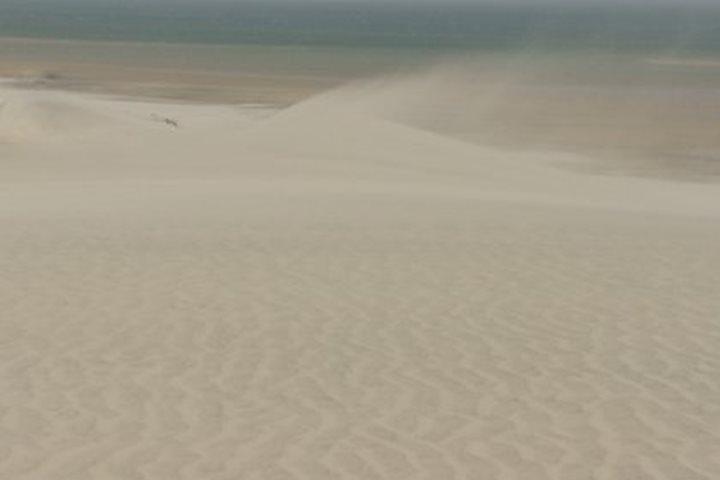Today I returned to several locations frequented during my years as a Fulbright research fellow here in Ghana (1992-1993). It was a wonderful reunion as I again embraced not only the region I spent a great deal of time in, but an old friend who had been my guide and tracker in the Kakum rain forest twenty years ago, and had not seen since 2001. Isaac Osu is the kind of tracker one only sees in the movies. Introduced to me through fellow Fulbright researcher Brian Hudgens, Isaac was able to direct me to families of the rare species of forest elephant, bongo and monkeys, as well as species of birds unique to this rainforest.
Thought for years to be the same species as the savannah elephant, it was later discovered that the forest elephant was a different one. The day Isaac found five bongo for us in 1993, he admitted that he had not seen a bongo in the woods in twenty years! I could feel his entire body shake with excitement as he crouched next to me in the shadows. These days, Isaac is one of the tour guides at Kakum, and it was a good feeling to see him take our guests in hand and guide them into a place he knows so well, as he did me twenty-some years earlier.
Though friends remain loyal, many things have, in fact, changed since the early 90s here. It is quite obvious that the villages on the approaching road to Kakum are feeling the financial influx of the now 90,000 annual visitors, as the tiny village of Abrafo, just outside the park, now entertains shops along the road.
We arrived at Kakum Forest welcome station, which now boasts a restaurant, bar, museum, indoor toilets, ticket office and of course, the gift shop, a far cry from the ranger shack of a few decades before.
The reason for this economic boom from ecotourism came from the brainchild of two young Canadians in the 1990s. They built a canopy walk above the rain forest using nothing but rope, aluminium extension ladders, and surplus wood. I saw the canopy walk when I was back here in 2001, but the rest of the complex is all new. Visitors have the choice of a forest walk or canopy walk, all directed by guides like Isaac. The forest walk has stone paved walkways and little bridges over the dried-up creek beds.
After our walk, we proceeded back down a bumpy dirt road to Hans Cottage Botel, a well-known local restaurant set out on stilts over a small pond teaming with crocodiles. Surrounding the lake are trees filled with tens of thousands of weaver bird nests; a photographer’s paradise! It was there that Fulbright researcher Brian Hudgens began to explore the symbiotic relationship between the proximity of weaver nests to crocodile holes in 1992. It was very exciting, to say the least, to have assisted him in that research as one often found themselves “up close and personal” with the crocs!
After lunch, we proceeded to the beautiful Cape Coast Castle overlooking the ocean, originally owned by the Swedes, then later the British. It is on the UNESCO list as one of the important buildings in the world, as tens of thousands of captured slaves left Africa through the infamous “Gate of No Return” at the back of the castle leading to docks where small boats would transfer them to the waiting ships in the harbor. The dungeons were cramped and dark. It is a most compelling edifice as the exterior looks like any romantic Spanish Castillo in the Caribbean, but the interior tells another tale of pain and suffering, the loss of one’s entire culture and country, as well as ultimate sacrifice. For many African American visitors, it is the end point of a pilgrimage, a time for reflection, and realization of hope.
Next to Cape Coast Castle, and further down at El Mina, the fishing industry is alive and booming, with well-constructed open boats that are paddled as well as sailed. Fish are net caught and brought back to shore to be sold through a series of agents, then smoked for preservation purposes prior to being shipped up country to village markets. It’s efficient, it’s functional, it works. And, it’s beautiful with all the flags and brightly painted hulls. Add to that green nets with yellow and orange floaters and you have a myriad of colours.
Although we spent only one day in this region of Ghana, we engaged in contact with a wide variety of culture, nature and history; certainly more than a day’s worth of memories.

